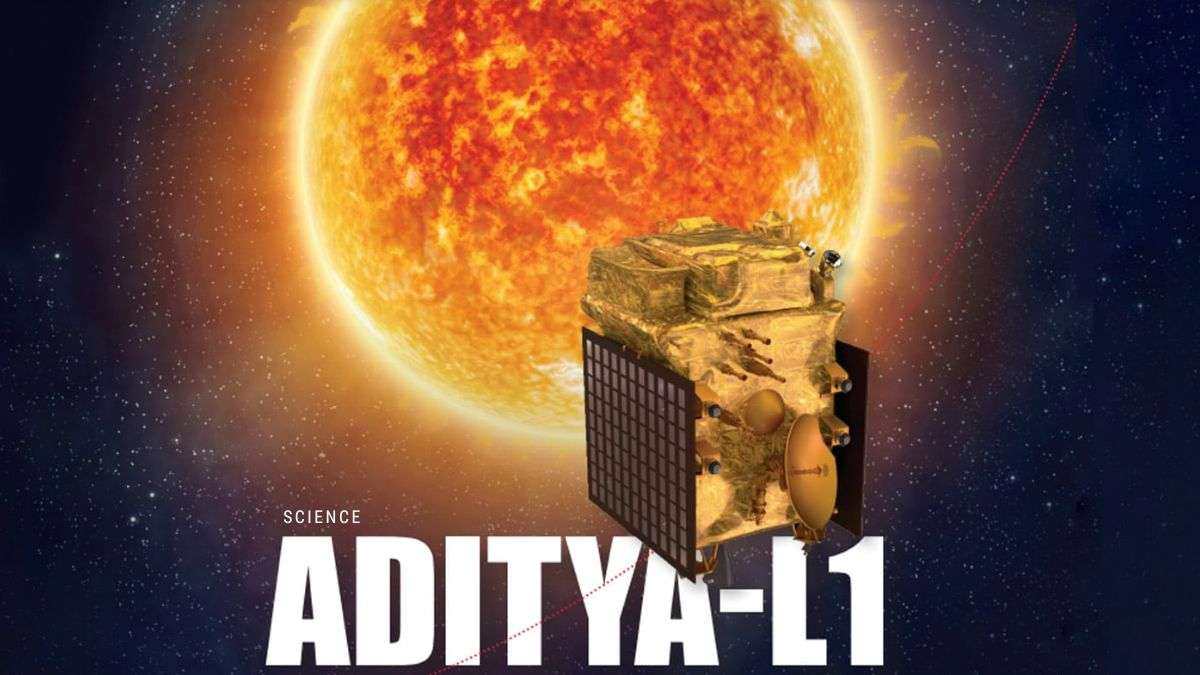The Indian Space Research Organisation (ISRO) on Saturday successfully placed Aditya-L1, the first space-based Indian observatory to study the Sun, into its destination orbit Lagrange Point-1 – which is around 1.5 million kilometers from the Earth.
According to ISRO officials, a satellite in a Halo orbit around the L1 point has the major advantage of continuously viewing the Sun without any occultations or eclipses.
Aditya-L1 Enters In Halo Orbit

Halo-Orbit Insertion (HOI) of its solar observatory spacecraft, Aditya-L1 was accomplished at around 4 pm on January 6, 2024. The final phase of the maneuver involved the firing of control engines for a short duration. The success of this insertion not only signifies ISRO’s capabilities in such complex orbital manoeuvres, but it but gives confidence to handle future interplanetary missions.
What Next For The Mission?
- The Aditya L1 spacecraft will now begin its transition from the cruise phase to the orbit phase following which it will start observing the Sun and discover the various phenomena emanating from it.
- The Halo Orbit Insertion has been done and it is a very important moment in the journey of Aditya L1.
- The success of this insertion not only signifies ISRO’s capabilities in such complex orbital manoeuvres, but it but gives confidence to handle future interplanetary missions.
About Aditya-L1 Mission

Named after the Hindi word for the Sun ‘ Aditya’, the mission follows India’s recent achievement of being the first country to successfully land on the moon’s south pole. Chandrayaan-3 landed on the unexplored south pole of the moon in August last year.
Aditya-L1 carries seven payloads designed to observe the photosphere, chromosphere, and the outermost layers of the Sun, known as the corona.



